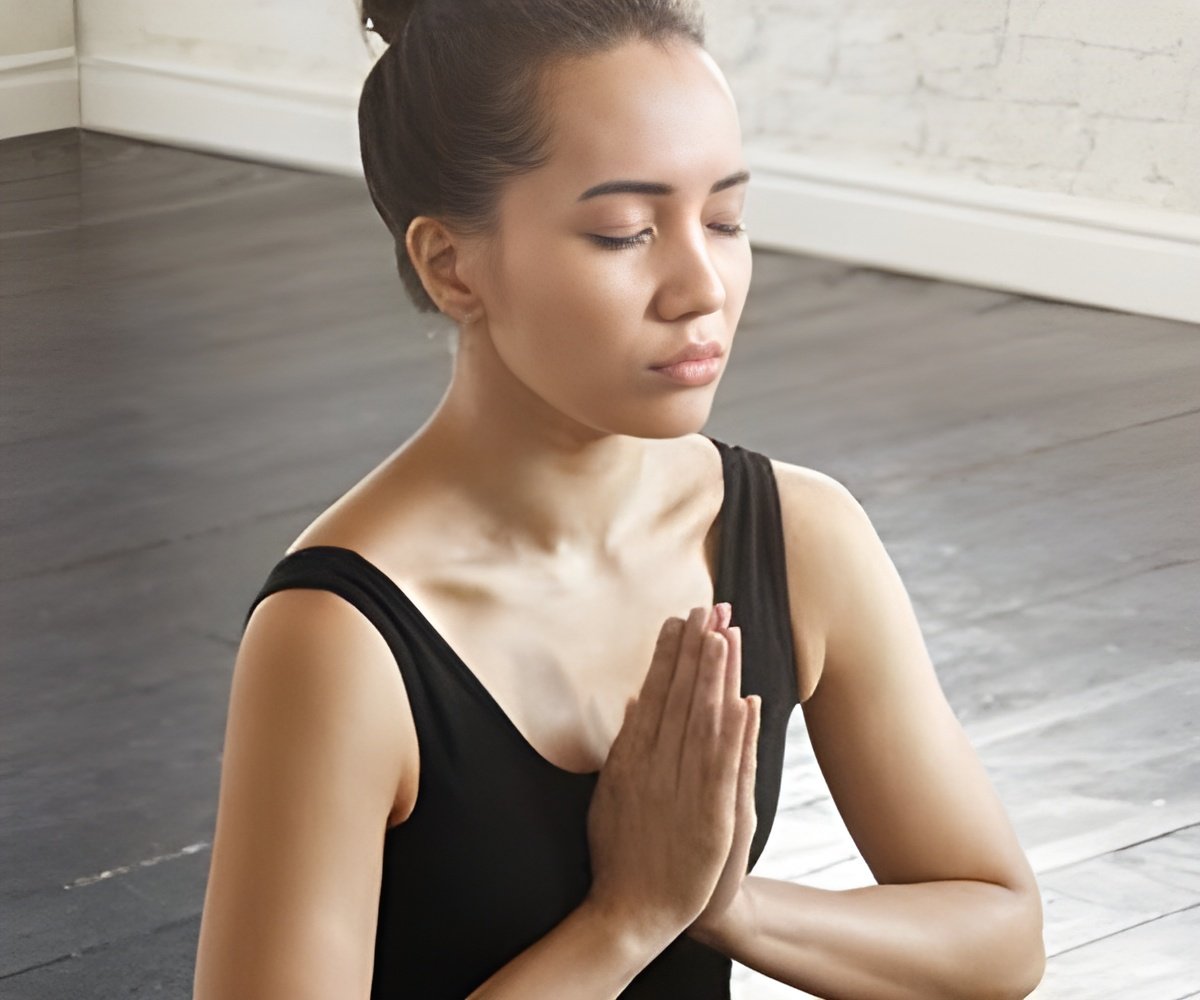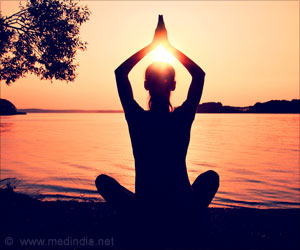
‘Smog is harmful and it is evident from the components that form it and effects that can happen from it. Yoga could definitely do wonders against respiratory issues.’
Tweet it Now
While it is advised to stay indoors when the air is toxic outside, a more practical solution would be to establish a habit of cleansing your respiratory organs through Yoga. If Yoga has been shown to improve the quality of life of lung cancer patients, it could definitely do wonders against other respiratory issues. Here are a few asanas you could try to give you relief from chest congestion, respiratory flues and discomfort in breathing.
Pranayama: This has proved beneficial for those suffering with bronchitis or lung congestion.
How to do it:
While performing pranayama one should make sure that his or her back is straight and should concentrate on the breathing.
Advertisement
Inhale through the nostrils for five counts and hold the breath for 10 counts.
Advertisement
Adho Mukha Svanasana: This posture strengthens the chest muscles and expands the lung region, increasing its capacity.
How to do it:
From table top position, tuck your toes, straighten your legs and lift your hips towards the ceiling.
Adjust your hands forward a bit, if necessary, and spread your fingers.
Keep your spine long, and your head and neck in line with your spine. Hold for one minute.
Bhujangasana: This asana opens up the heart and lungs and gives them a good stretch.
How to do it:
Lie on your stomach; engage your back muscles in lifting your head and upper torso.
Align your elbows underneath your shoulders for support.
Open your chest and relax your shoulders away from your ears.
Look straight ahead and hold for one minute.
Sukhasana: This heavy breathing seated position relieves yourself from stress, anxiety and exhaustion.
How to do it:
Sit erect, with the feet stretched out towards the front.
Now cross the legs in such a way that the knees are wide, shins are crossed, and each foot is placed under the knee. Knees must be bent, and legs should be tucked into the torso.
Feet must be relaxed, and the outer edges must rest on the floor while the inner edges must arch on the shins. Look down on your legs, must see a triangle formed by shins that are crossed and both the thighs.
Back must be balanced in such a way that the tailbone and the pubic bone are at equal distance from the floor.
Place the palms stacked up in your lap. Or you can also lay them on the knees palms up or palms down.
Elongate the tailbone, and firm up the shoulders. But make sure the lower back is not arched in such a way that it pokes the lower ribs forward.
Marjari Asana: This involves deep breathing, which in turn expands the lungs and boosts blood circulation.
How to do it:
Begin with Adhomukhi Swanasana
Lean forward and place your knees down on your mat
Inhale, look up and relax
Inhale as you drop your knees
While navigating back, shift the body weight from the knees to palms and feet.
Source-IANS









